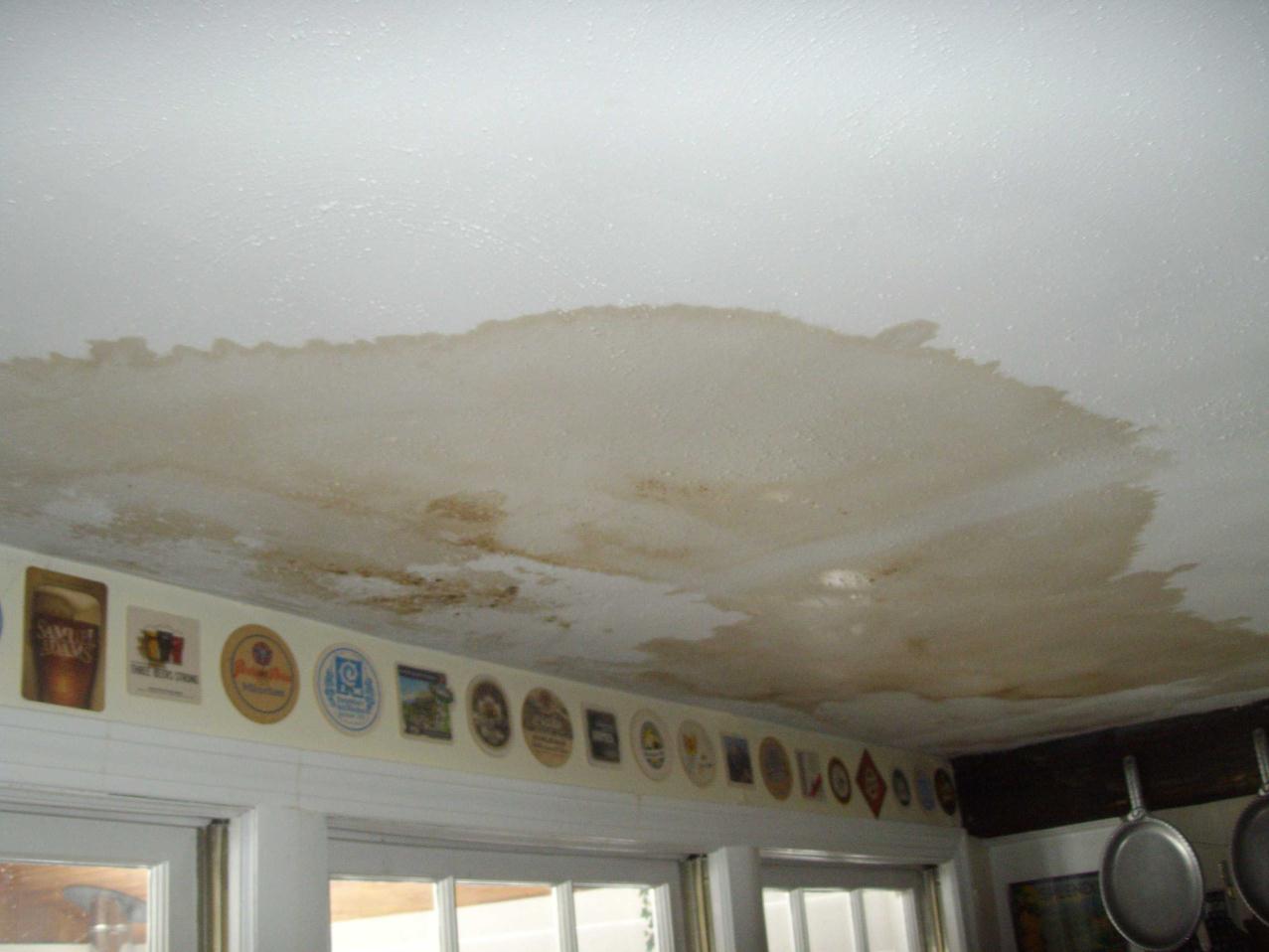Do's & Don'ts of Water Restoration.
Do's & Don'ts of Water Restoration.
Blog Article
In this article in the next paragraph you will discover some worthwhile resources involving 5 Home Safety Tips To Reduce The Risk Of Fire And Water Damage.

Water gives life, water invasion on parts where it's not supposed to be can result in damages. Houses with water damages scent old as well as stuffy.
Water can come from many resources such as typhoons, floods, ruptured pipelines, leaks, and drain problems. In case you experience water damage, it would certainly be great to know some safety preventative measures. Right here are a few standards on how to manage water damage.
Do Prioritize Residence Insurance Coverage Insurance Coverage
Water damages from flooding because of hefty winds is seasonal. You can likewise experience an abrupt flooding when a defective pipeline unexpectedly breaks into your house. It would be best to have house insurance coverage that covers both acts of God such as natural disasters, and emergency situations like damaged plumbing.
Don't Fail To Remember to Turn Off Energies
In the event of a catastrophe, especially if you stay in a flood-prone location, it would be recommended to shut off the main electric circuit. This removes power to your whole residence, preventing electrical shocks when water is available in as it is a conductor. Don't forget to transform off the major water line valve. When floodwaters are high, furniture will move around and trigger damages. Having the major shutoff shut down avoids further damages.
Do Stay Proactive and Heed Weather Informs
Tornado floods can be extremely unforeseeable. If there is a history of flooding in your neighborhood, stay ready and positive. If you live near a river, lake, or creek , pay attention to discharge warnings. Take out prized possessions from the ground floor and also cellar, after that placed them on the highest feasible degree. Doing so minimizes prospective residential property damages.
Don't Ignore the Roofing System
Prior to the climate turns terrible, make sure you have a roof covering examination. It would be prudent to get this service yearly as it can mitigate complex concerns. If there are no holes as well as leakages in your roofing, you can prevent rainfall damages. Your contractor will also look after defective seamless gutters or any other indicators of weakening. This will avoid water from flowing down your walls as well as soaking your ceiling.
Do Focus On Little Leaks
A burst pipe doesn't happen overnight. Generally, there are red flags that suggest you have damaged pipes in your home. For example, you might see bubbling paint, peeling off wallpaper, water touches, water stains, or leaking sounds behind the walls. At some point, this pipeline will certainly rupture. Ideally, you should not wait on things to rise. Have your plumbing fixed before it causes substantial damage.
Don't Panic in Case of a Ruptured Pipe
When it comes to water damages, timing is essential. Hence, if a pipeline bursts in your house, instantly closed off your main water shutoff to cut off the source. Call a reliable water damages repair expert for support.
Water gives life, water invasion on parts where it's not meant to be can result in damages. Houses with water damages scent moldy and old.
Water damage from flood charges to hefty winds is seasonal. You might discover bubbling paint, peeling off wallpaper, water streaks, water stains, or trickling noises behind the walls. When it comes to water damage, timing is crucial.
Some Do's & Don't When Dealing with a Water Damage
DO:
Make sure the water source has been eliminated. Contact a plumber if needed. Turn off circuit breakers supplying electricity to wet areas and unplug any electronics that are on wet carpet or surfaces Remove small furniture items Remove as much excess water as possible by mopping or blotting; Use WHITE towels to blot wet carpeting Wipe water from wooden furniture after removing anything on it Remove and prop up wet upholstery cushions for even drying (check for any bleeding) Pin up curtains or furniture skirts if needed Place aluminum foil, saucers or wood blocks between furniture legs and wet carpet Turn on air conditioning for maximum drying in winter and open windows in the summer Open any drawers and cabinets affected for complete drying but do not force them open Remove any valuable art objects or paintings to a safe, dry place Open any suitcases or luggage that may have been affected to dry, preferably in sunlight Hang any fur or leather goods to dry at room temperature Punch small holes in sagging ceilings to relieve trapped water (don't forget to place pans beneath!); however, if the ceiling is sagging extremely low, stay out of the room and we'll take care of it DO NOT:
Leave wet fabrics in place; dry them as soon as possible Leave books, magazines or any other colored items on wet carpets or floor Use your household vacuum to remove water Use TV's or other electronics/appliances while standing on wet carpets or floors; especially not on wet concrete floors Turn on ceiling fixtures if the ceiling is wet Turn your heat up, unless instructed otherwise

Do you really like reading about 5 Home Safety Tips To Reduce The Risk Of Fire And Water Damage? Post a comment directly below. We will be delighted to hear your opinions about this write up. In hopes to see you back again later on. If you enjoyed reading our blog post please be sure to share it. Thanks for your time. Come back soon.
Report this page